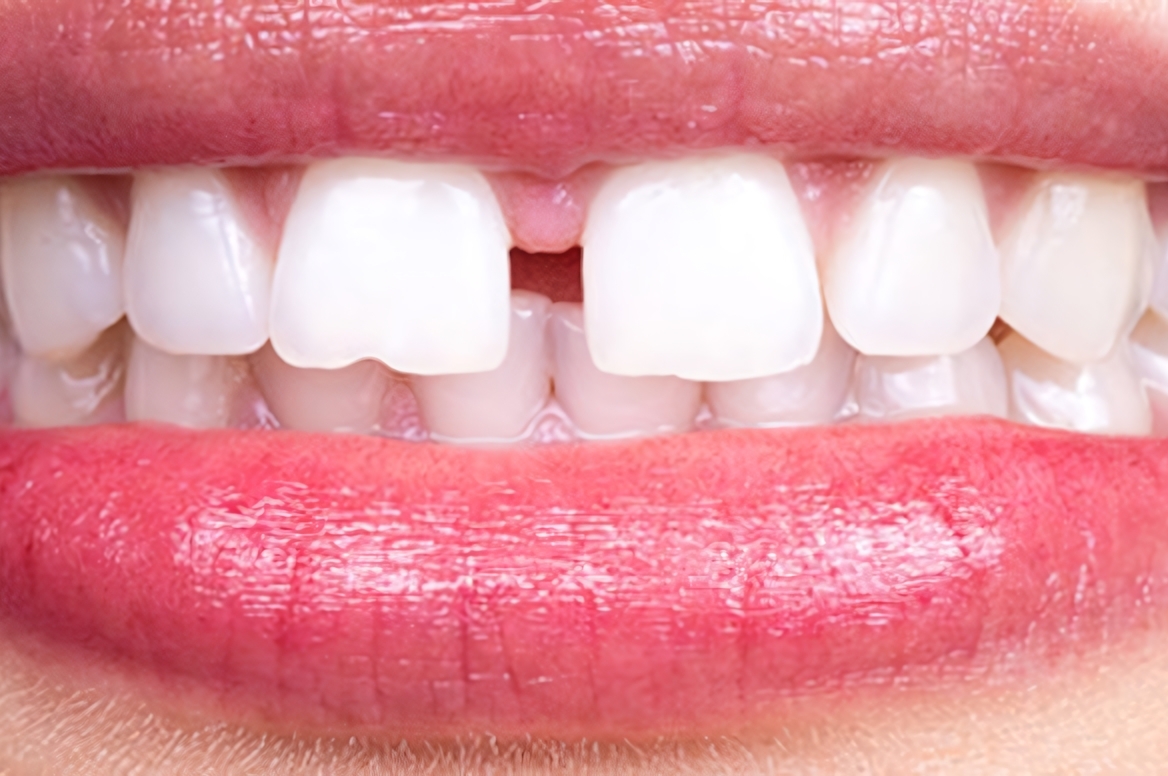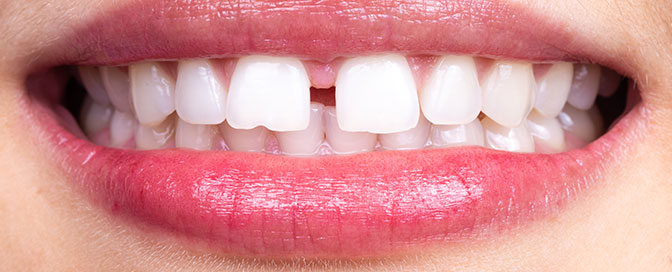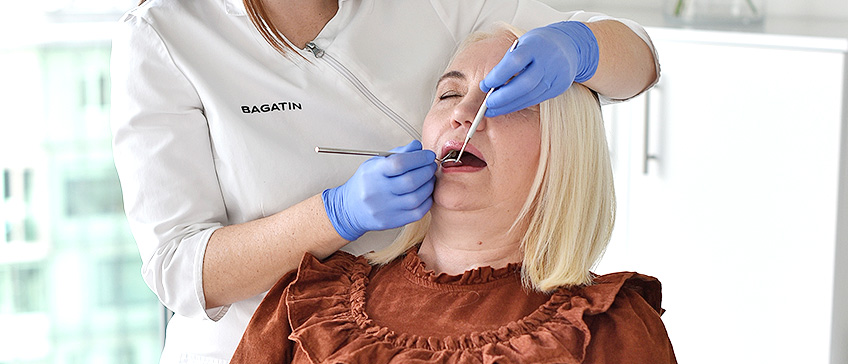Aesthetics
Face
The most modern facial treatments help you look younger, more elegant and happier.
Body
Feel comfortable in your body and correct sources of discomfort.
Chest
Make your wish for a better appearance come true and restore your self-confidence with aesthetic correction.
Hair and scalp
Minimally invasive solutions for hair loss and a natural look.
Issues
Find solutions to some of the most common aesthetic problems.
Treatments
Treatments

Hair and scalp mesotherapy

Thinning hair therapy with your own blood

Trichotest – DNA analysis of hair loss and baldness

Hair loss in women – causes and how to prevent it

Hair loss in men – causes and how to prevent it

Alopecia – hair loss
FACE

BODY

Implantology Center
Different methods of solving the problem of missing one or more teeth.
Prosthetics
The most common solution in cases of functional or aesthetic tooth damage.
Aesthetic Dentistry
Harmonious tooth shaping and tooth color correction according to your wishes.
General Dentistry
Modern and timely diagnostics, treatment and dental hygiene are the key to the health of your teeth.
Issues
Find solutions to some of the most common aesthetic problems.
About us
Locations
Very few people have perfect teeth, and the most common reason for this is the fact that everyone inherits different characteristics from their parents that sometimes don’t match each other.
The position of the teeth in the dental arch greatly affects the appearance and balance of the smile. The most common positional irregularities include compressions and diastemas, or crowded and spaced teeth.
The ideal relationship between the upper and lower teeth in the bite (called occlusion ) is one in which the upper teeth are over the lower teeth, and the tips of the molars are placed alternately. However, very few people have perfect teeth and a perfect bite.
What is tooth compression?
Tooth compression is one of the most common orthodontic irregularities. Compression actually occurs due to a lack of space for the proper placement of all teeth in the dental arches.
Compressions are also the result of a mismatch in the size and width of the teeth and the available space for placing those teeth in the dental arch.
If the teeth are too large for the jaw, they become crowded, which means they can only develop by protruding outside the dental arch or ‘over’ neighboring teeth.
In another situation, if the teeth are too small for the jaw, the spaces between them will be too large.
What is a diastema?
The presence of diastema in the front teeth is very common. The causes of the appearance of gaps between the teeth can be growth and development disorders, orthodontic anomalies, deviations in the size and inclination of the teeth, pathological conditions and many other factors.
The gap most often occurs between two central incisors, usually the upper, and less often the lower. This gap can be larger or smaller, and therefore more or less noticeable.
It is important to emphasize that we are talking about the gap that occurs between permanent teeth. This phenomenon is completely normal in baby teeth and is just a sign that the jaw is growing and expanding to accommodate all the permanent teeth.
The cause of diastema is mostly genetic, so there is not much that can be done to prevent it from occurring. There are a number of different therapeutic procedures available to close diastema.
A well-established diagnosis helps in choosing therapy and solving the problem in the most effective way, and today’s dentistry has developed several solutions to this aesthetic problem.
The best and most natural way is to bring the teeth into the optimal position, i.e. to ‘move’ them using orthodontic braces (either fixed or removable). The second way is prosthetics – by making aesthetic ceramic veneers in just a few days.
Ceramic veneers
Correction with aesthetic ceramic veneers is one of the most popular aesthetic corrections in the world, and they can completely transform a smile – painlessly, gently, quickly and long-lastingly.
Their main advantage is excellent aesthetic results and durability.
They are very often performed on patients who want to permanently change the color of their teeth. The advantage over bleaching is that bleaching therapy has a temporary effect, and it is also very difficult to correct some severe discolorations (so-called tetracycline teeth or dental fluorosis).
Veneers are a great way to address the problem of gaps between teeth, and they can also correct minor irregularities in tooth position in the event of compression. If you decide to get veneers, you need to make a good plan first.
It includes the creation of study models of the teeth and their ‘foreshadowing’ in the future shape, where the end result will be seen, and if necessary, temporary veneers can be made that are tried in the mouth before any grinding and the final decision.
Veneers are usually made in just a few visits. After grinding, impressions are taken and sent to the laboratory, and the patient is fitted with temporary veneers upon leaving the office.
After a few days and after the dentist and the patient determine that they are satisfied with the final appearance, the permanent work is cemented.
Although such thin ceramic veneers are very fragile, once they are cemented to the tooth, they fully integrate with the tooth structure and become very resistant.
Ceramic veneers achieve natural fluorescence and absorb, reflect, and transmit light just like natural tooth structure.
Also, the smooth polished edges of the ceramic contribute to very good health of the surrounding tissue, reduced plaque accumulation in the area, and good oral hygiene.
Teamwork
The entire procedure is a team effort between the dentist, the dental technician and the patient as the most important member of the team, with good mutual communication being the key to success.
The creativity of this procedure makes each case unique, and the entire team incorporates both their artistic abilities and subjective feelings into the future smile.
























